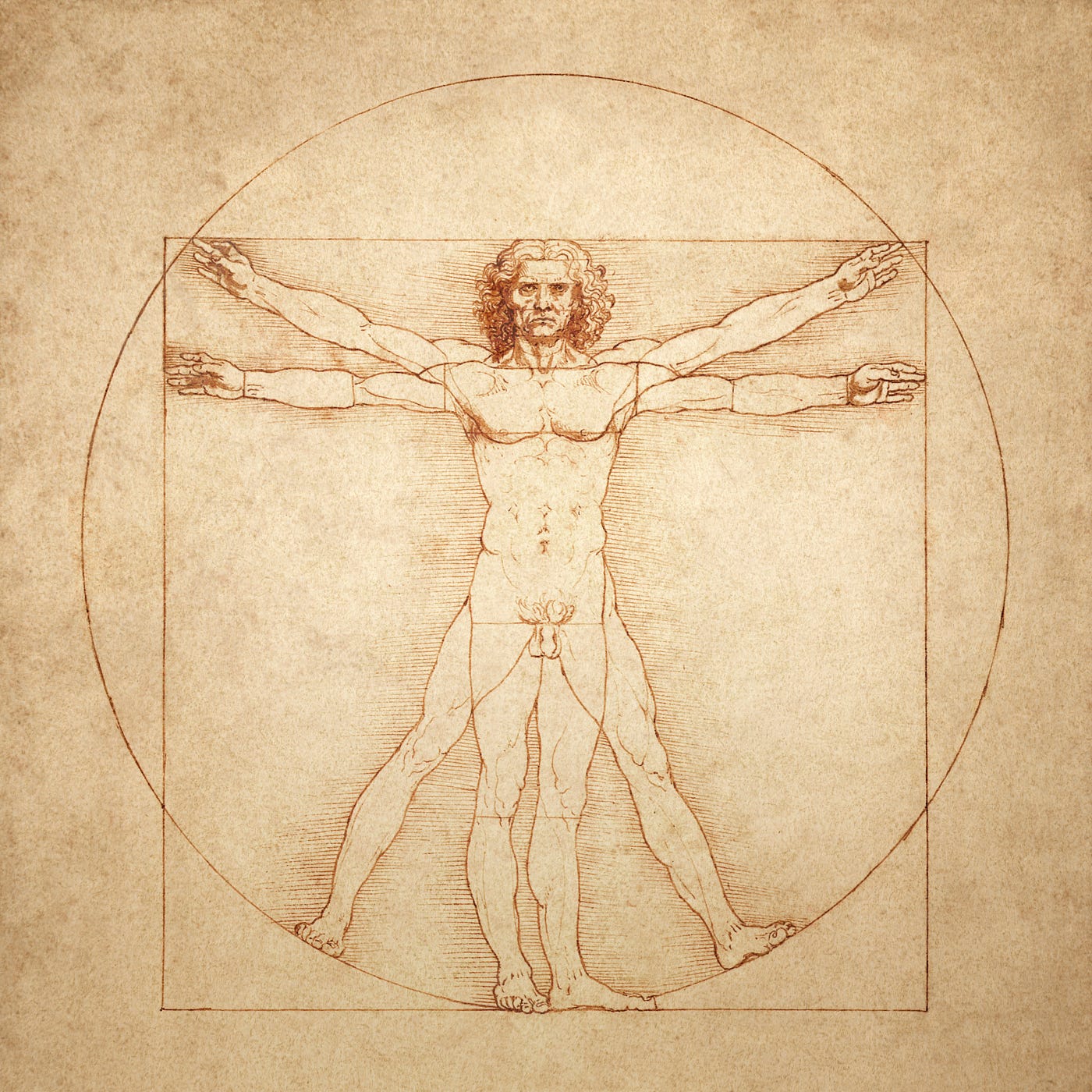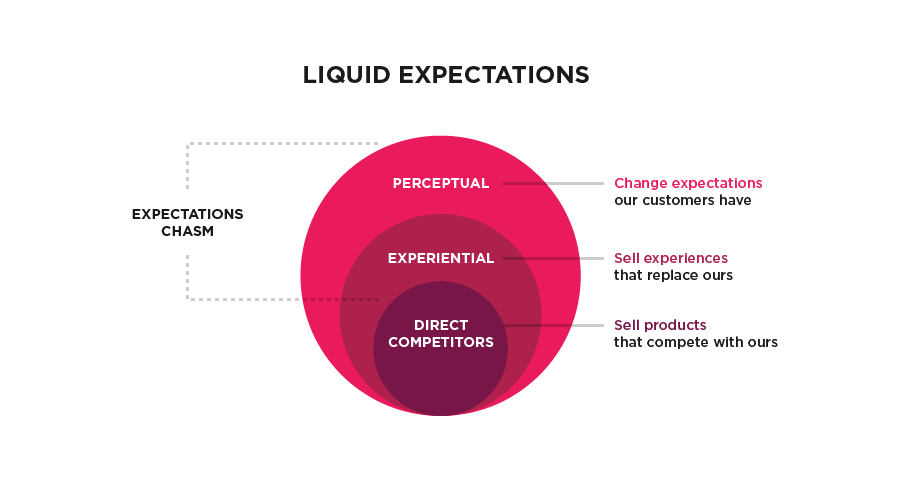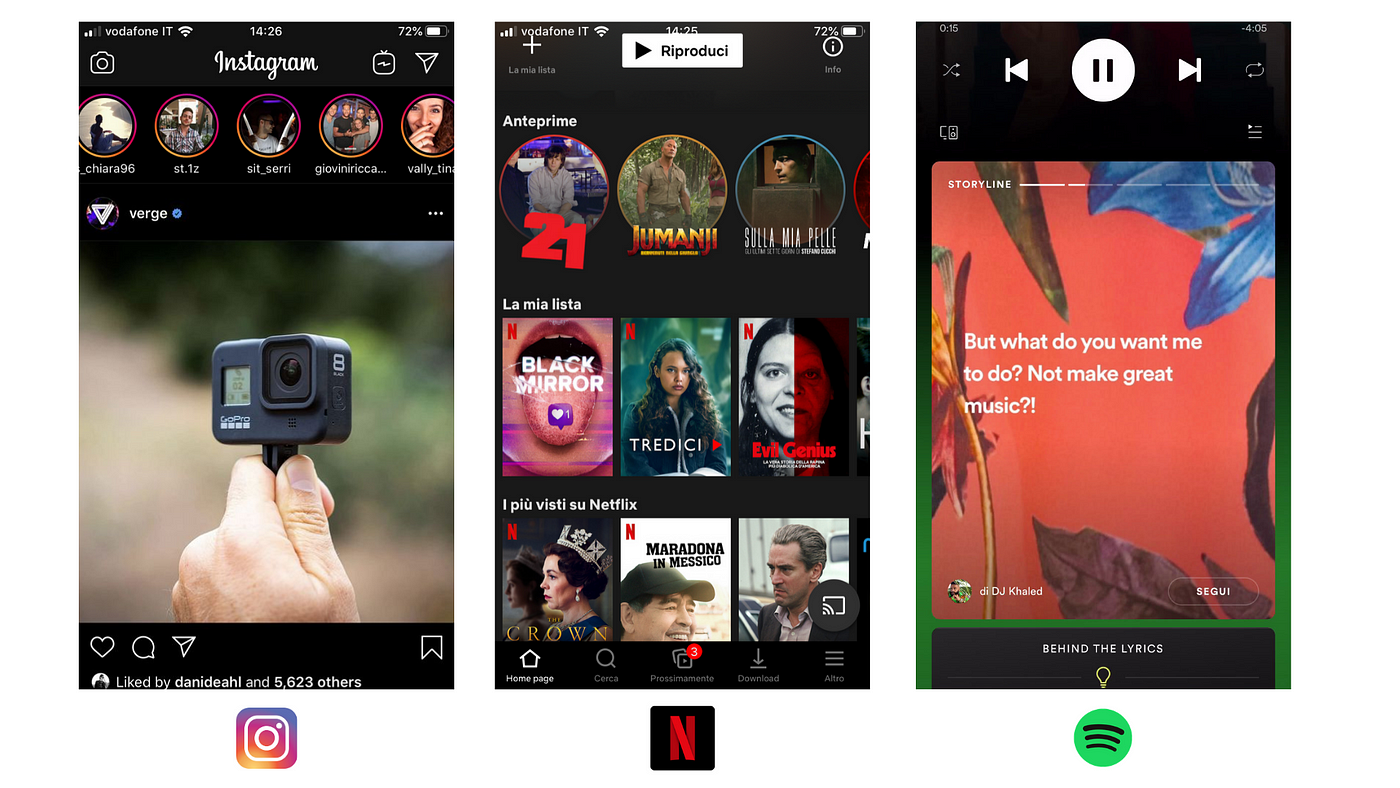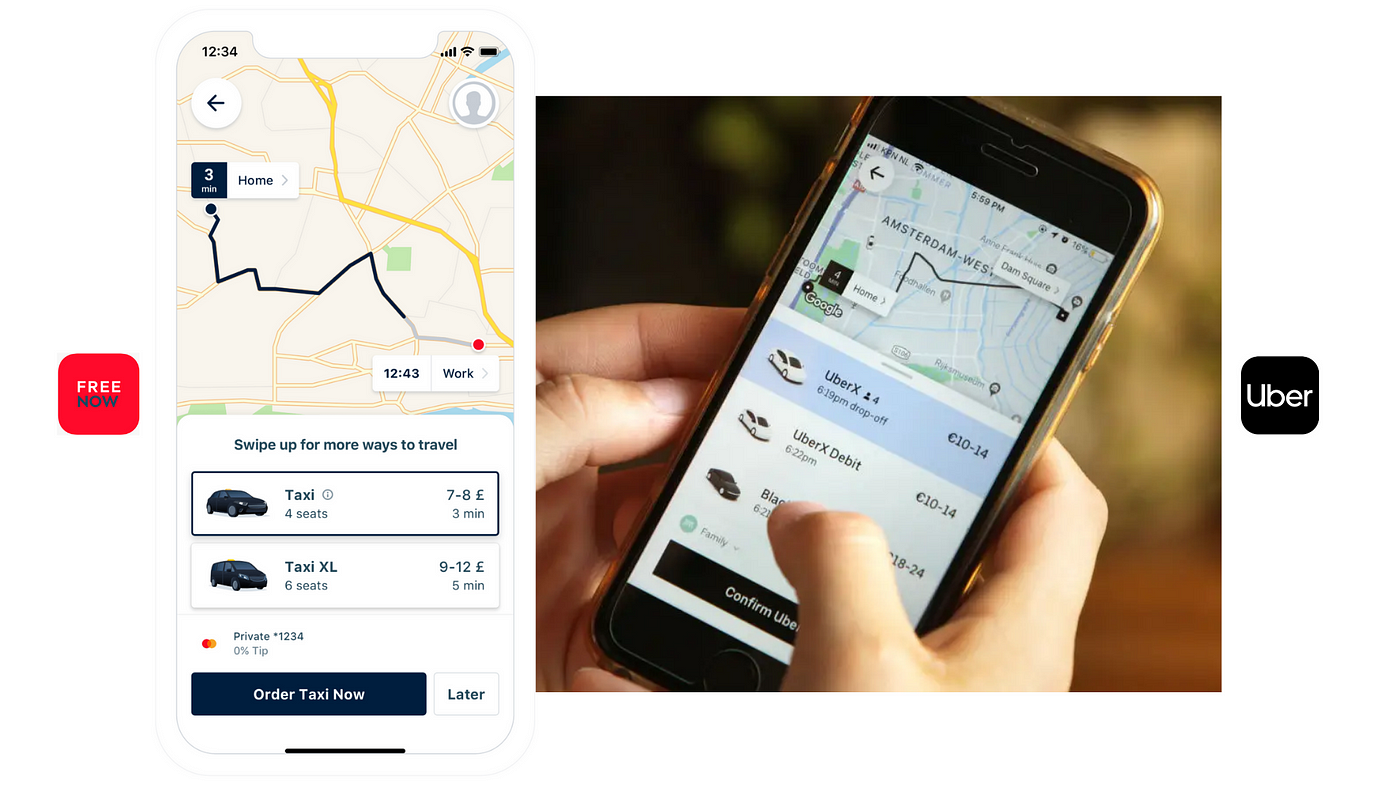How to rethink products and services starting from people
In remote working-times, the biggest opportunity we have is to slow down and think deeply. In the silence of our bedrooms and kitchens that have become smart-offices (with open bars), it’s the best time ever to replan and reprogram the world of tomorrow: it’s time to build new roads.
So I’ve slowed down and understood that it’s time to apologize.
Sorry to all those brands who simply wanted it like Netflix. «Something like Google… — they told us, or — we want to be the next Apple!». (Even if they sell washing machines, car insurance or beer)
Sorry if I never seriously considered your request.
You were right, to want it like Netflix.
I will now explain why.
For years we’ve dedicated dozens of Powerpoints to define Customer Centricity, sewing a perfect Customer Journey around the Vitruvian Man of the 21st century and pretending that it was enough to satisfy the whole Customer Experience. But this is only the beginning of the tale… and no, Experience is no longer the main protagonist. Long-live to Expectation!
Today, Expectation becomes liquid and fragile, like a soap bubble — POP! It takes very little to blow up an excellent product and a brand built to perfection. Just think of all those times you’ve thought: why isn’t this like…?
Yeah, Sky Go… I’m thinking of you.

The idea of liquid expectations originated around 2015 when some designers observed consumers were moving expectations from one experience to other experiences they meet. In a nutshell: there’s a perceptual gap that consumers feel when they encounter inconsistencies between a good experience they have had in the past and the current experience they are having.
I’ll give you an example.
A month ago, I was looking for a book that — incredibly — was not available on Amazon. So, I went to another e-commerce website (I won’t tell you the name but it’s one of Italy’s biggest publishers) and I tried to get the book. A real disaster. I found the book on a really difficult-to-understand website and I put it in the cart, proceeded to checkout, where I then I had to register (I lost 5 minutes), then I paid and… no feedback. No acceptance email. No tracking address. Did the purchase go well? did it go wrong? Amazon has spoiled me like a child. The email of the successful transition arrived on the next day along with the BRT tracking number. Welcome to the world of courier websites, welcome to Dante’s Inferno.
But it’s not only about digital experiences.
It often happens to me with places — when I’m in a waiting room and I would like it to feel like Starbucks, or when I go through a check-in experience in a Serie A stadium and wonder why it can’t be more like the check-in experience at The Space Cinema.
The interesting thing to consider here is that we aren’t just comparing experiences within one industry anymore, we are porting over experiences from industries that may not have any relation to the current one. And when something goes wrong … POP! The expectation’s bubble bursts and we quickly lose patience. Whether it’s online, offline, onlife and so on. We are frustrated. Again, we’re spoiled children.
In smart-working mode, the reason why I don’t enjoy using Teams or Zoom is that I’m looking for a simple Google Hangouts experience. Google spoiled me and my personal expectations are changing faster than ever. It’s now your customer who’s setting the bar, not your competitor.
Do you remember the famous obsession of Jeff Bezos?
If you’re competitor-focused, you have to wait until there is a competitor doing something. Being customer-focused allows you to be more pioneering.
In 2020 here’s what Customer Experience means. It doesn’t mean sewing the perfect Customer Journey which, we all know, it has very few possibilities to be respected. It means keeping in mind what kind of expectations people have when they relate to brands, products and services. In the challenge of gaining attention and buying time, Disneyland competes with Barilla as much as Uber competes with Esselunga. The bar has been raised and the race is on. It’s survival of the fittest.
Ok, a very interesting theory, but in practice? Here’re 3 tips to rethink products and services (digital or not) and first of all: our Powerpoint presentations.
1. Benchmarking, outside the box
Watching others is good and right. The question is: who should we watch? Let’s change perspective, starting from the Fjord scheme.

I. Direct Competitors (of course): brands, companies and products of the same industry or product category. And pay attention to 1.II New Entries: their need to emerge in a short time often leads these brands to propose very different solutions that break the standards.
II. Expectation Competitors (they change expectations people have): if I am a restaurant that makes delivery I should keep an eye on Uber checkout process and I should study the Deliveroo delivery system very well. These kinds of competitors — outside the proper competitive arena — are often the most powerful and effective source of inspiration, capable of stimulating creativity and innovative thinking.
2. Copy and paste
An uglier way to say Connecting minds, creating future.
Let’s go back to high school: do you remember when we copied from the best? I believe that copying is one of the most clever, humble and honest gestures that can be done. Copying doesn’t mean imitating or even stealing. It means discovering in another project or in another brand, a beautiful solution that will allow us to skip many steps thus helping us reach our original purpose first. Try to think about how the future has been built: copying and improving the inventions of the previous generation. To invent the car, we copied the horse, for light bulbs we copied from the candle. Even to create computers and artificial intelligence we are copying from the first invention ever: man.
Copying is the art of ensuring the future and in the Experience Economy it’s about ensuring the best experience for people to focus on our brand/product, not on technicalities. An example of illustrious copies? Take a look at your favorite mobile apps.

In the world of Stories and tap-tap-tap, Spotify becomes instagrammable (don’t forget that Instagram had copied from Snap). Then, Netflix introduces the same logic for showing movie trailers. Today when we see a dot with a circle around it, we understand that there will be a short content. Et voilà: Liquid Expectation.
3. Don’t make people think
Or rather: don’t make them think about trivial things. Copying from the best doesn’t mean that you should stop innovating. It means being able to reduce the friction for users that has nothing to do with liquid expectations; indeed it makes POP!
In the world of global competition (all against all) money is the time and everyday each brand, person or service has 24 hours to get in touch with us. Netflix has the same chances as a news website or a fitness app to occupy my daily time: do we really want to waste the user’s time figuring out how to approach our products? Considering, that time is an increasingly becoming limited resource, it’s necessary to understand how it can be all focused on our brand/product.
Do you remember the rebranding of My Taxi, that has become Free Now? How easy is it to book a taxi today? Uber-like stuff… right? My Taxi has completely removed the friction (and frustration) of booking a taxi and it did a favour to the whole against-Uber-category copying directly from Uber.

Isn’t it enough? Ok, take a look at when Xbox announced — a few years ago — a new Netflix-style service that will allow gamers to play over 100 Xbox One and Xbox 360 games for about 10€ per month. Xbox did not put Netflix in its platform, Xbox put a customized library in its platform (just like Netflix).
Does everything seem terribly the same? And who said that it’s necessarily bad? Innovating remains important and distinguishing yourself from others, is more. But is it worse to get sucked into the competition while being different or to float in the competition and survive? I believe the second.
Innovation can no longer be our first thought. Before innovating, let’s settle on a good-standard-quality. The research of an innovative experience at all costs for many can be deleterious (in all sectors, even at work > take a look here). Today innovation must be in the offer (the products we offer), not in the experience.
Key Takeaways
Homework during the lockdown? Understand how to get rid of all the entry barriers with which we have coated our brands in recent years. The only KPI to be considered, from 2020, will be the Share Of Time. Pay close attention to the Bounce Rate (not only in the website meaning) whether you are a restaurant, a university app or a ski rental platform. We’re all in this together and customers’ expectations have raised the bar. The more fluid your experience will be, the more love you’ll have.
